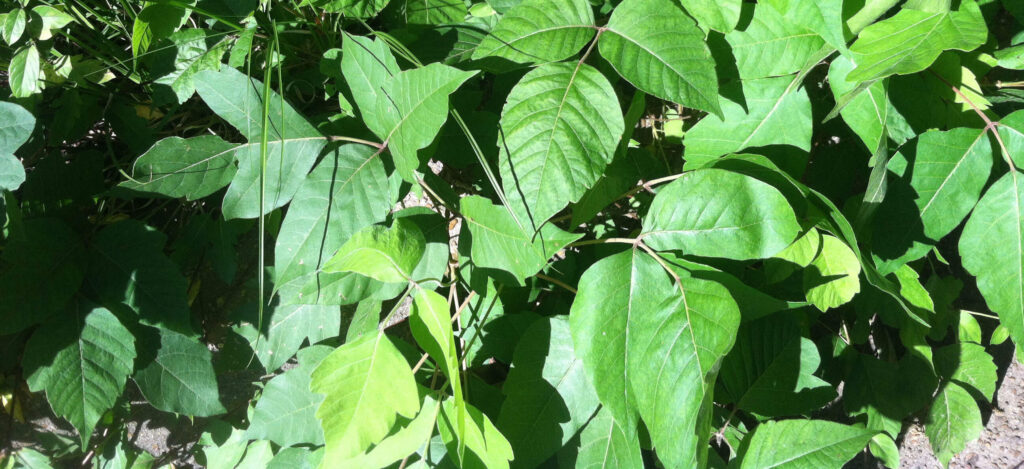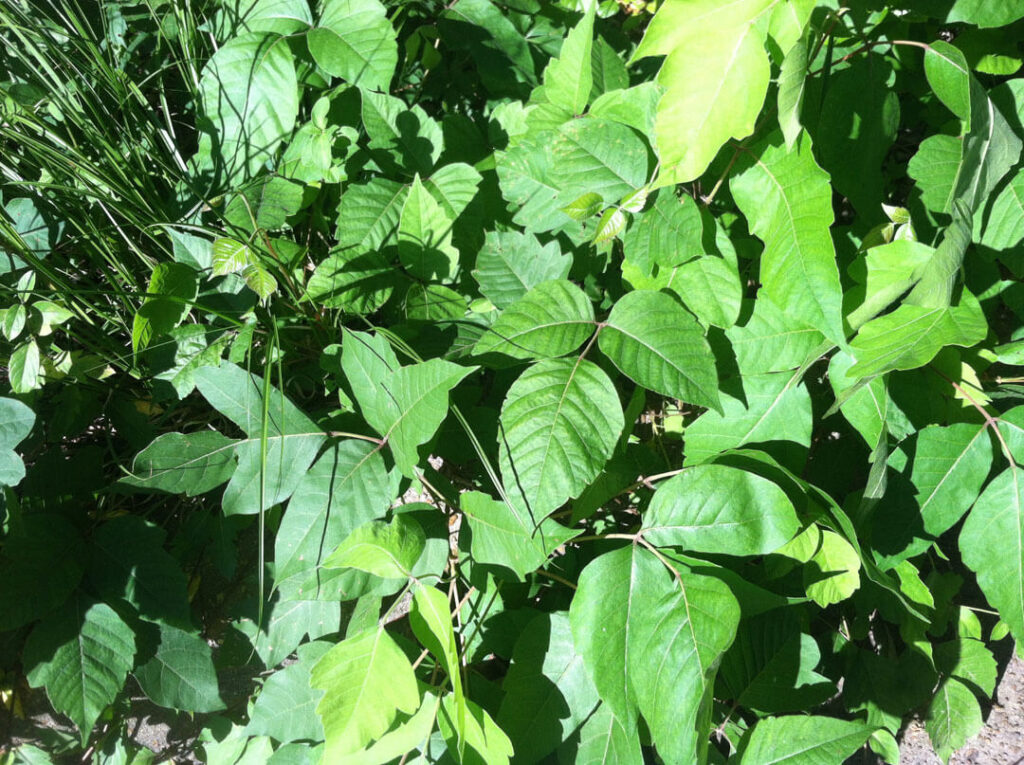When I was learning to identify plants, the leaves of boxelder used to trip me up. To me, they looked so much like poison ivy. However, there are a few key features that can help you tell the difference between these two plants.
Boxelder Maple Similarities with Poison Ivy
The leaves and leaflets of these two plants have a similar appearance. While poison ivy (Toxicodendron radicans) has three leaves, box elder (Acer negundo) often has three leaflets, but it may have as many as seven. The leaves of both boxelder and poison ivy are serrated or lobed.
Additionally, these two plants often grow in the same locations. Boxelder grows in disturbed areas and bottomlands, just like poison ivy.
Differences Between Boxelder and Poison Ivy
The easiest way to tell this plant from poison ivy is to look at the leaf attachment to the twig. Boxelder leaves are arranged oppositely, meaning the leaves attach to the twig at the same spot on the opposite side (directly opposite from each other).
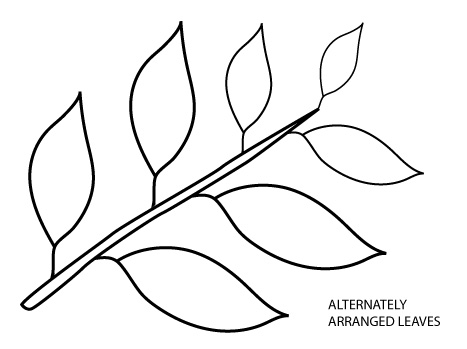
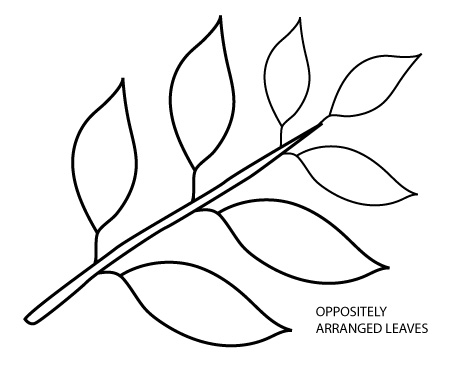
The leaves of poison ivy are alternately arranged, which means they attach to the twig in an alternating pattern, not at the same spot.
While poison ivy has 3 simple leaves, boxelder leaves are compound, meaning they are made up of 3 to 7 leaflets. To differentiate a leaf from a leaflet, look for the lateral bud. Lateral buds only appear at the base of a leaf. View an example of a simple versus compound leaf.
Another quick way to tell them apart is that the new growth stem on boxelder is often reddish/pink or purple.
About Boxelder
Boxelder is the only maple tree with compound leaves. This tree grows throughout the eastern half of the United States and is also known as ash leaf maple or boxelder maple. Boxelder tolerates a variety of soil types and moisture regimes. It is drought-tolerant, heat-tolerant, and cold-tolerant.
Box elder is fast-growing and can reach a height of up to 50 feet. It is somewhat shade-tolerant but often grows at the forest edge. This tree is dioecious, meaning it has separate male and female trees. The wind pollinates the flowers of the female trees and helps disperse the seeds of the boxelder, which are known as samaras.

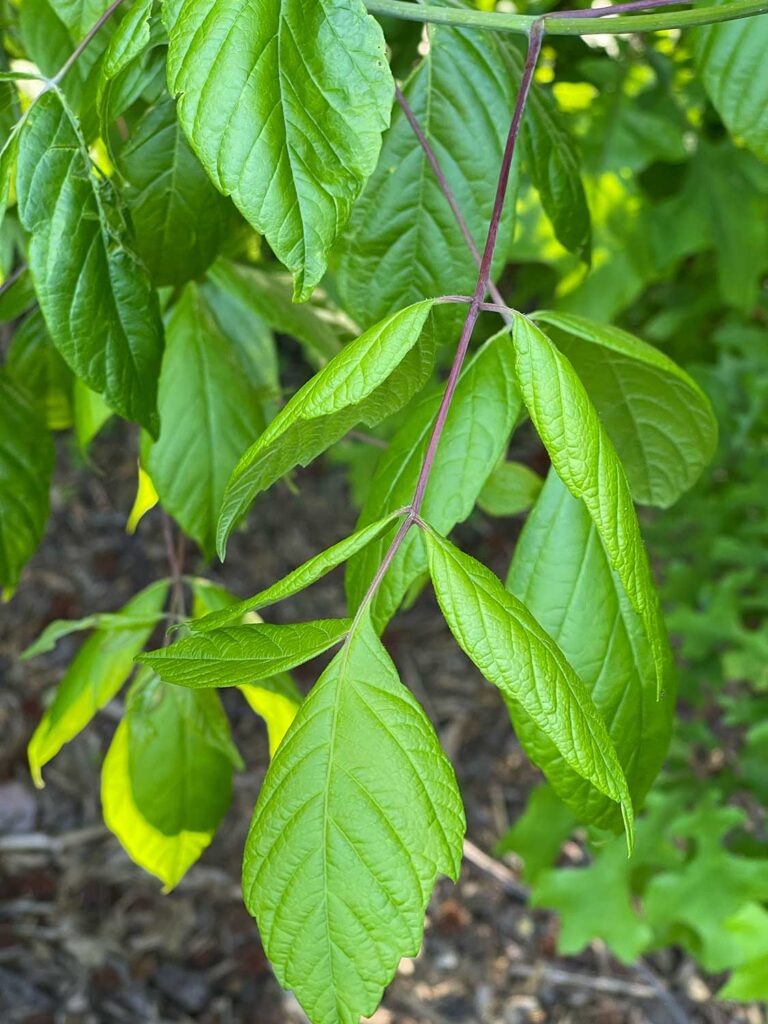
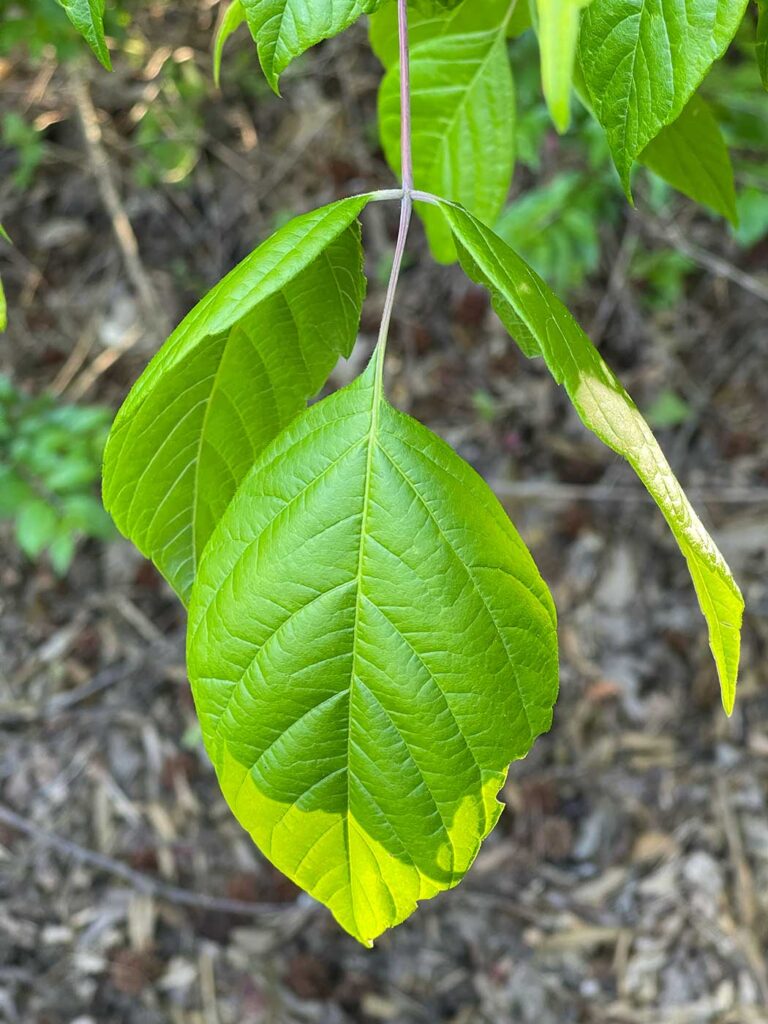
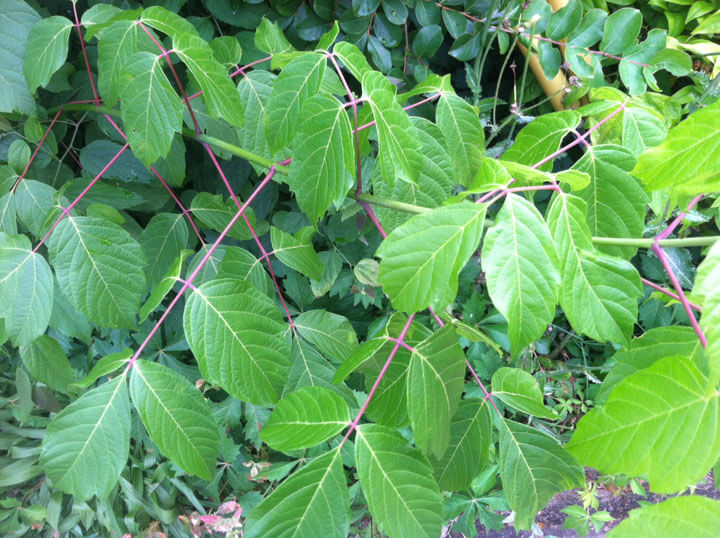
Value to Wildlife
Boxelders provide cover and food to a variety of wildlife. Birds and small mammals eat the seeds (samaras), and white-tailed deer eat the young leaves. This tree is a host plant for the imperial moth and the cecropia moth, as well as nearly 300 other species of butterflies and moths (Urban Ecology Center, 2013).
Poison Ivy Photos
